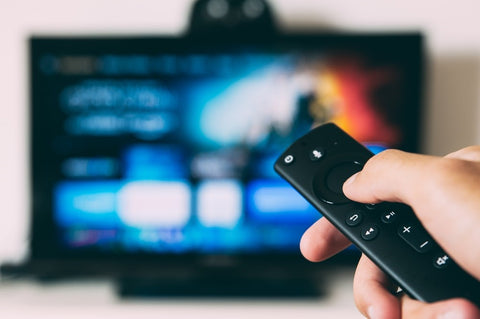You just finished installing a home Internet solution and want to make the most of it. Purchasing a smart TV turns out to be one of the ways to do so in order to stream your favorite videos from Netflix, YouTube, among others. Traditionally, when purchasing a new TV, buyers typically look at two primary features – the TV size and the pricing. However, as the demand for UHD-quality videos increases, there is a need to look at more than just the mentioned features.

Here is a guide to help bring the right smart TV in the home for your family’s entertainment.
#1: Color Volume
The fact that all smart TVs are colored does not mean that they all achieve the same level of luminance. Luminance refers to the intensity of color emitted from the screen. The higher the luminance, the closer the color is towards reflecting an image’s true color dimensions.
You must consider the color volume because this helps define your immersive viewing experience. As various TV manufacturers set out to compete on who can deliver the most astounding picture quality, you as the consumer stands benefit in terms of getting the best quality available. You cannot afford to ignore color volume unless you plan on spending your evenings watching washed or faded images.
#2: Screen Resolution
You may have noticed that videos occur in various quality. You can have images rated as 720p, 1080p, and more. The kind of screen resolution that your TV uses determines the ability to play various video qualities. For instance, a TV whose resolution is capped at 720p cannot play a video of 1080p. If you tried, your videos will either not open or keep pausing in the event that they open.
Whenever possible, go for 4K models. Most streaming platforms, like Netflix, transmit images in different quality caps. Given that you have reliable, high-speed Internet in your home, you may want to get the best picture too.
Keep in mind that the ability to enjoy the highest quality videos does not depend only on the screen resolution but also on the Internet speeds subscribed to. Anything below 5 Mbps is not fast enough to support 4K viewing.
#3: Refresh Rate
Refresh rate involves determining the speed at which pictures refresh per second on the TV screen. Measured in Hertz (Hz), low refresh rate can make your images seem blurry, especially for fast-moving scenes. The average refresh rate stands at 60 Hz.
Most smart TVs feature High-Frame Rate (HFR) capability. That means such TVs can seamlessly handle the highest refresh rates and also support frame rates higher than Hz. If a TV is branded using terms like “effective refresh rate,” you may want to stay away from it. Such TVs offer half the slated rate.
#4: Connectivity Options
Being a smart TV, it means you plan on connecting it to other devices around your home. The number of HDMI ports is a crucial factor to consider based on how many external devices you plan on adding to the TV. These ports help in adding a decoder, speakers, and game consoles to the TV. The more the number of HDMI ports, the better.
Also, consider other connectivity options like Bluetooth and Wi-Fi. These come as a standard but do not just assume. Remember, it is possible to have a smart TV that uses Ethernet ports. Make sure it has support for Wi-Fi too.
As you install your home Internet, getting well-prepared on what you plan to do with it allows you to have a better user experience. Consider the factors discussed herein when purchasing the smart TV.
